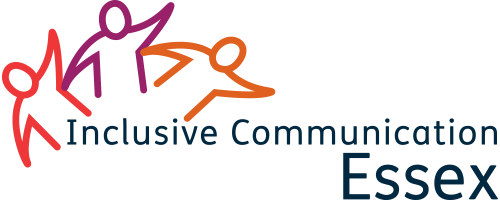Communication passports are very personal documents and they should reflect an individuals own style and preference. People with communication passports should have access to them so that they are able to initiate / participate in an interaction at all times.
What information do they contain?
Communication passports can contain several different sections:
Possible sections could include
- All about me
- Important people
- How I communicate
- My strengths
- Things I may need help with
- Things I like / dislike
- Eating and drinking
- Interests
- Daily timetable
- My health
How to present the information
- Written in the 1st person
- Personal style added to all information
- In a loose leafed folder
- Include photos, symbols, pictures etc



